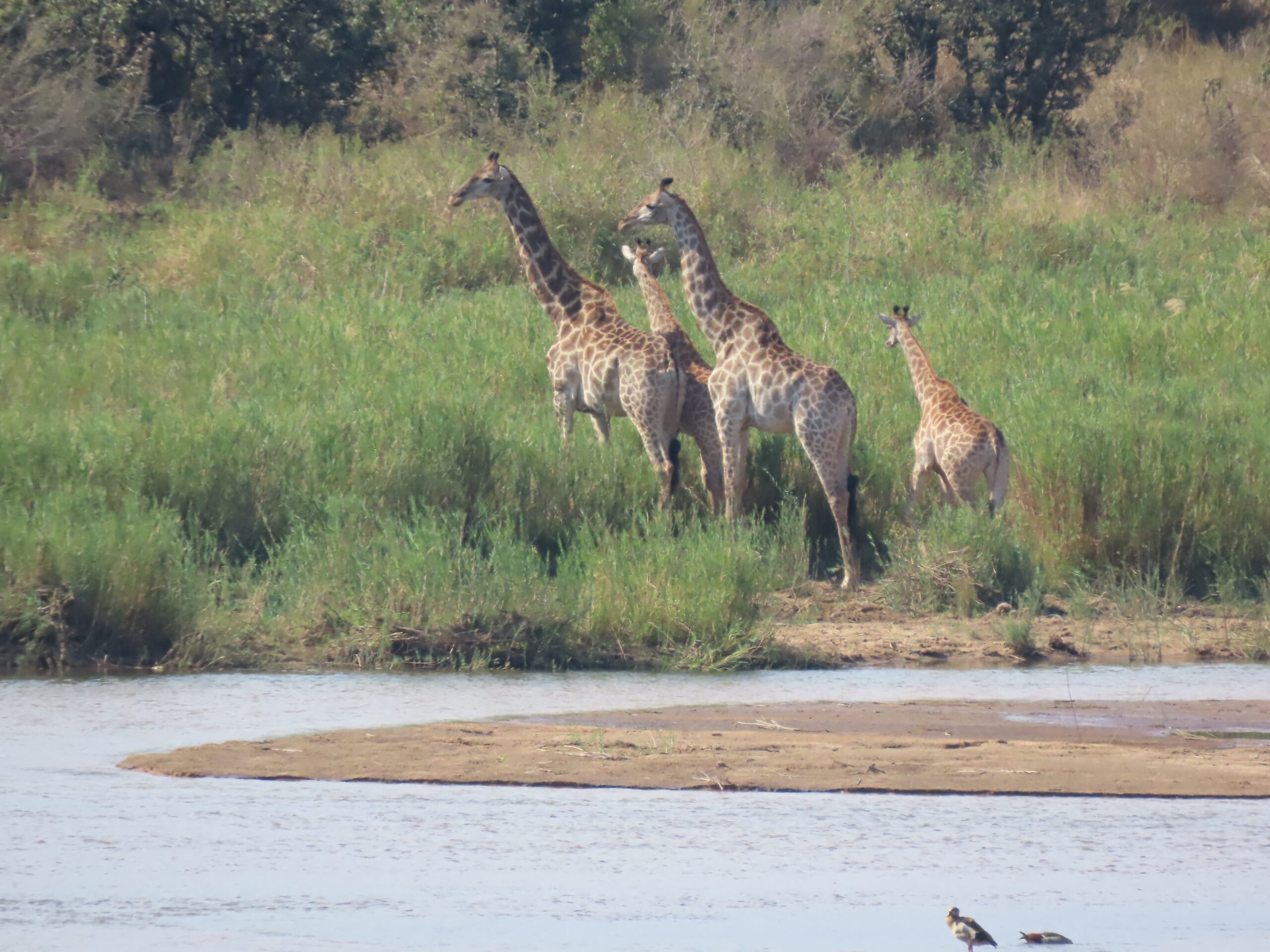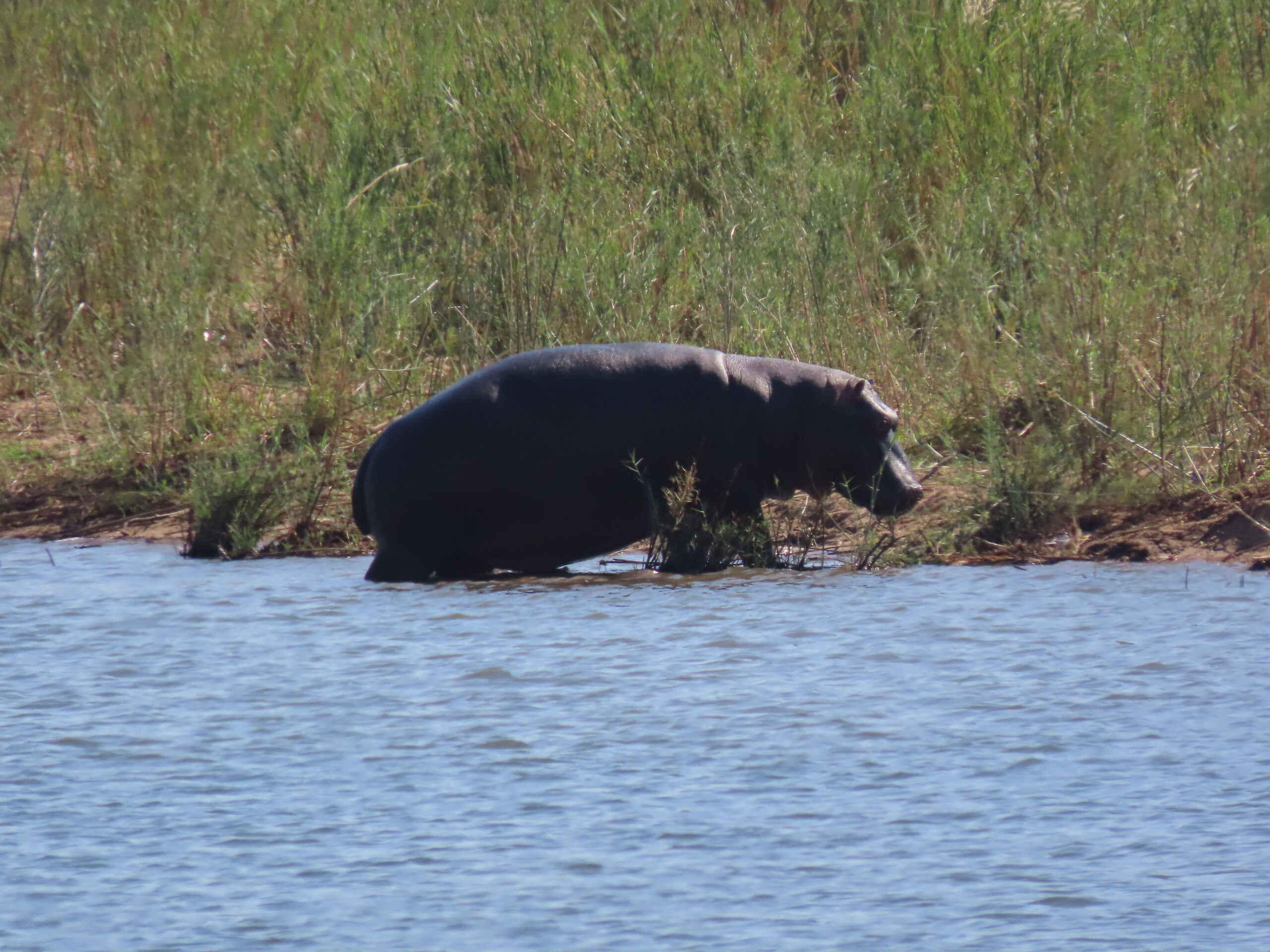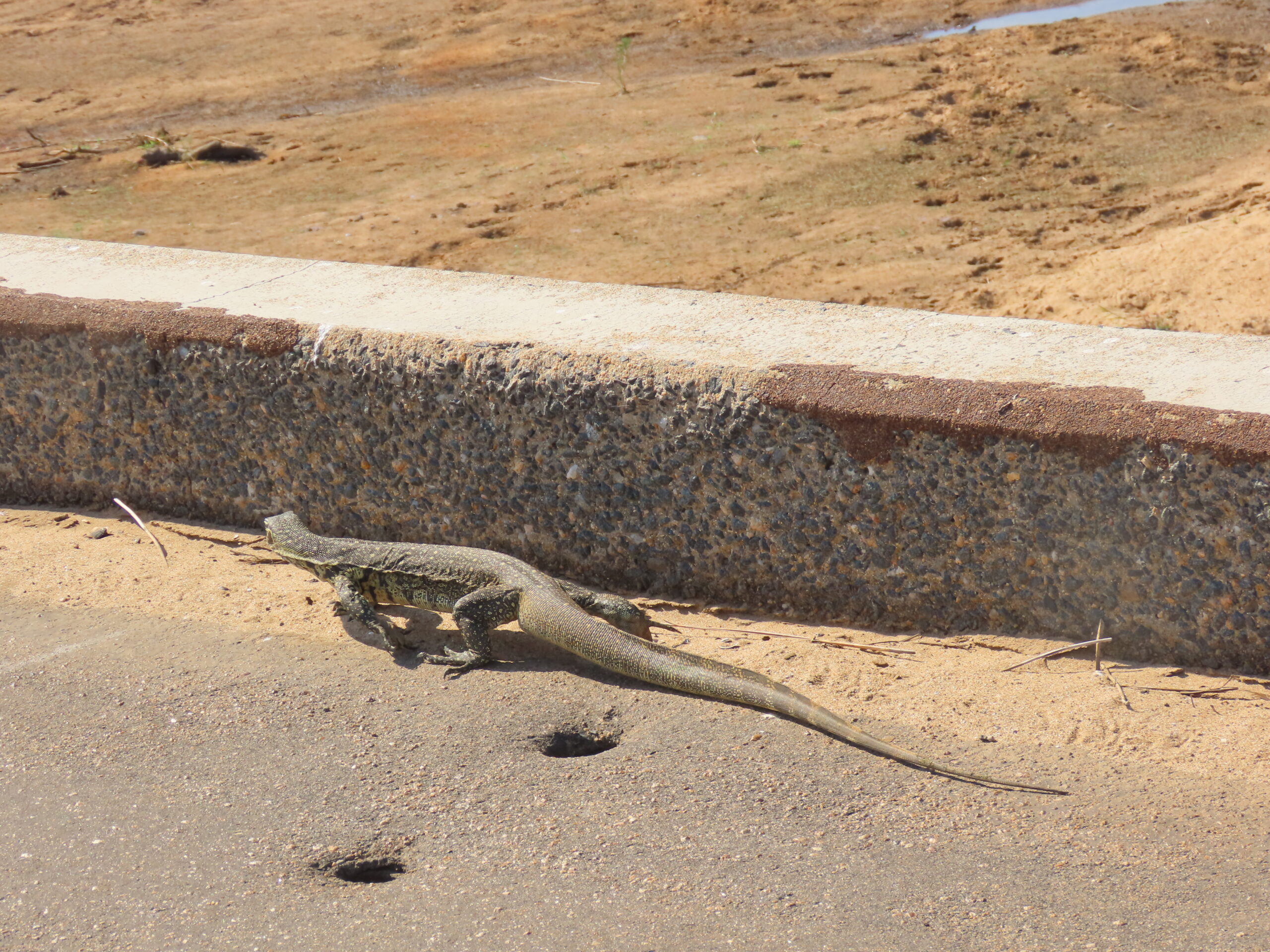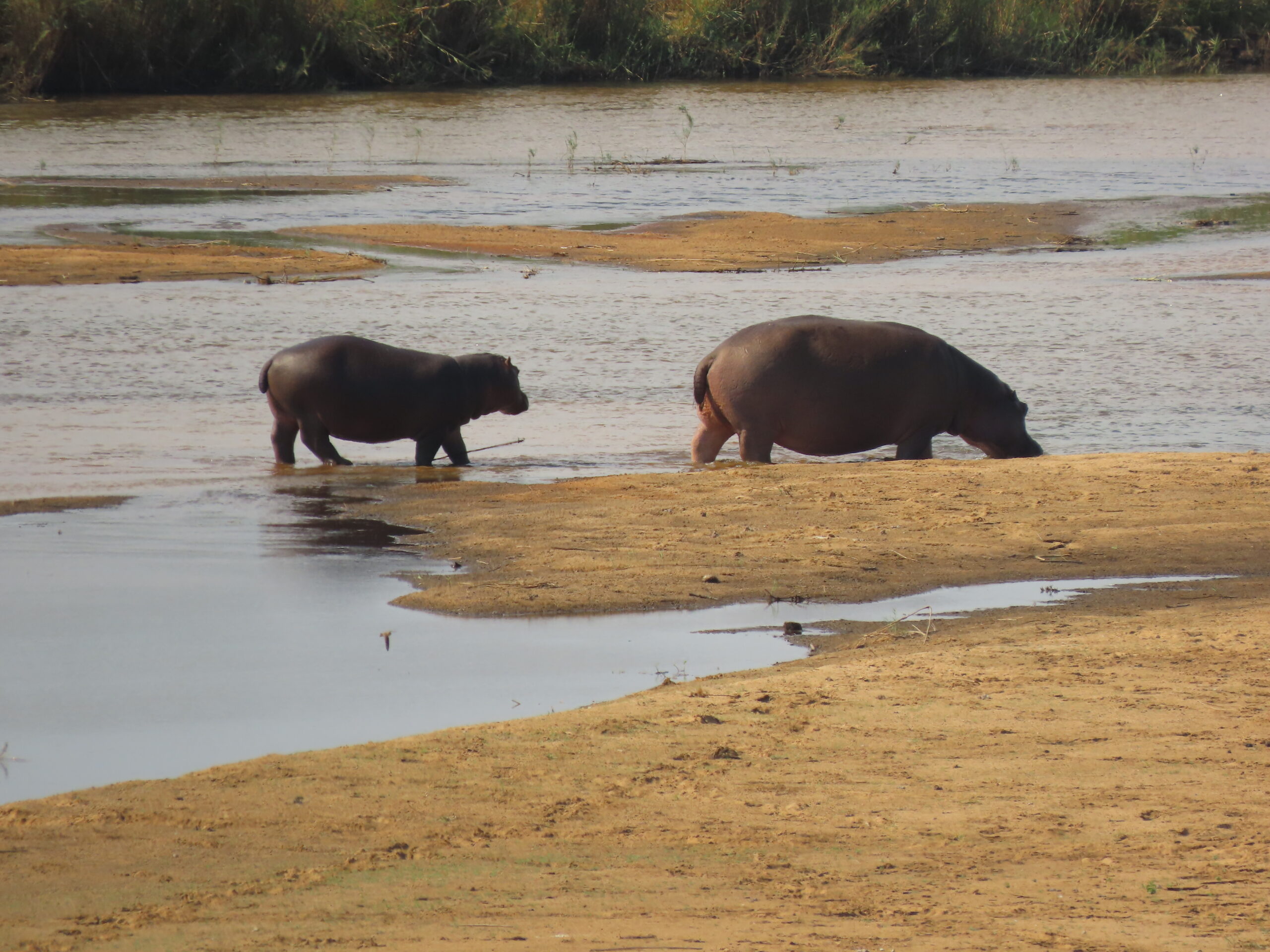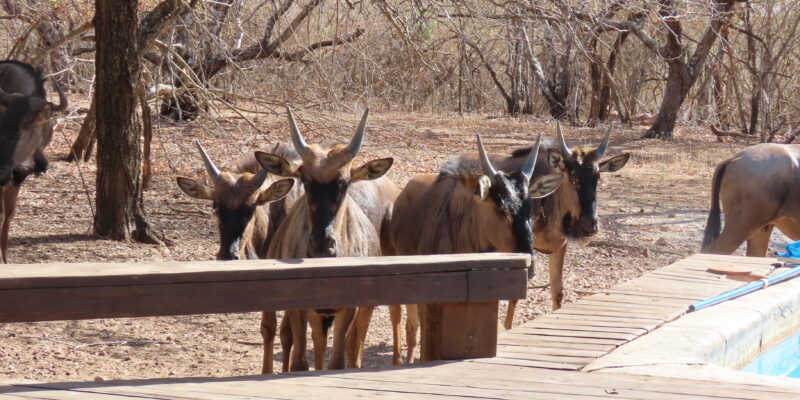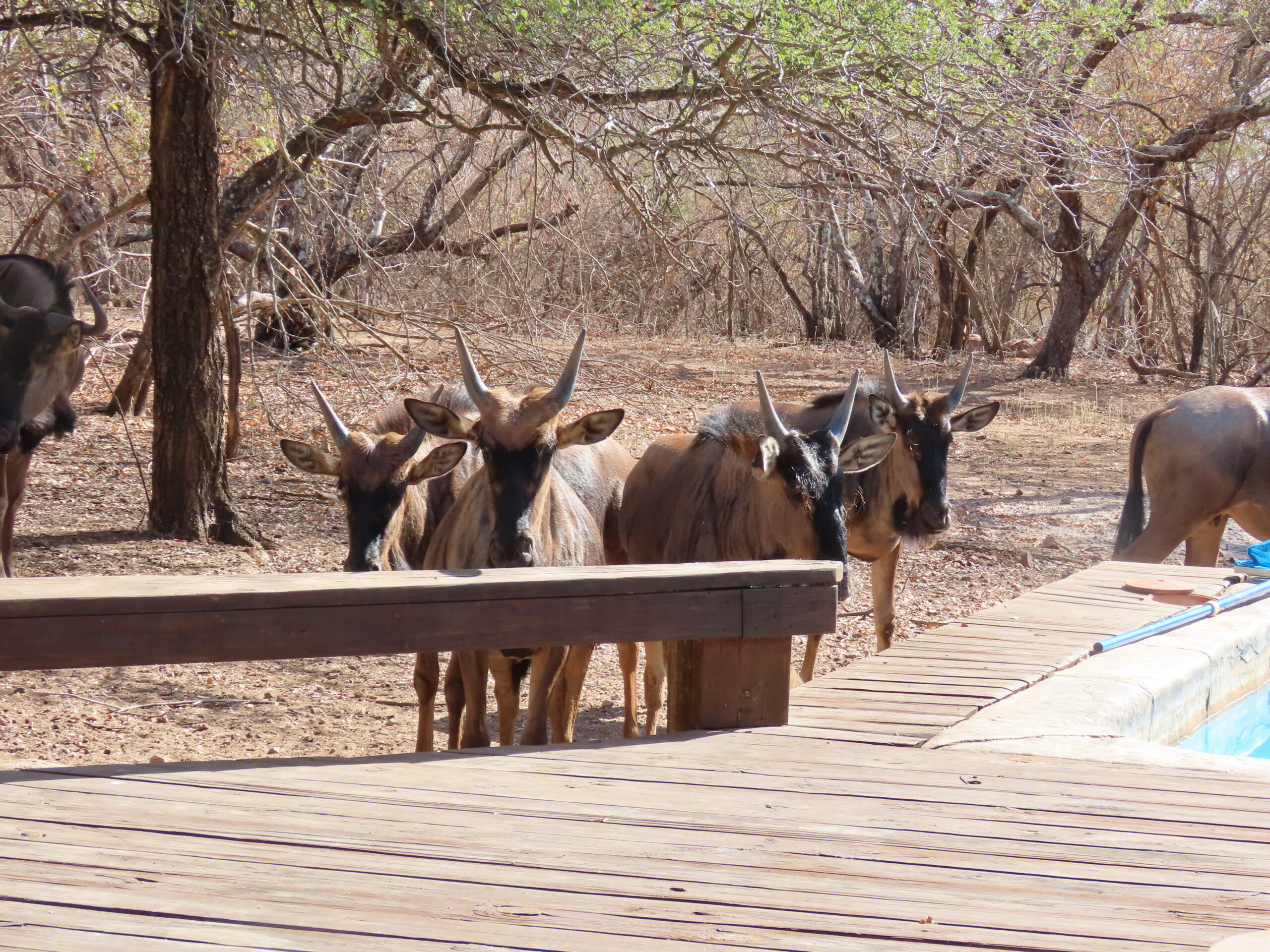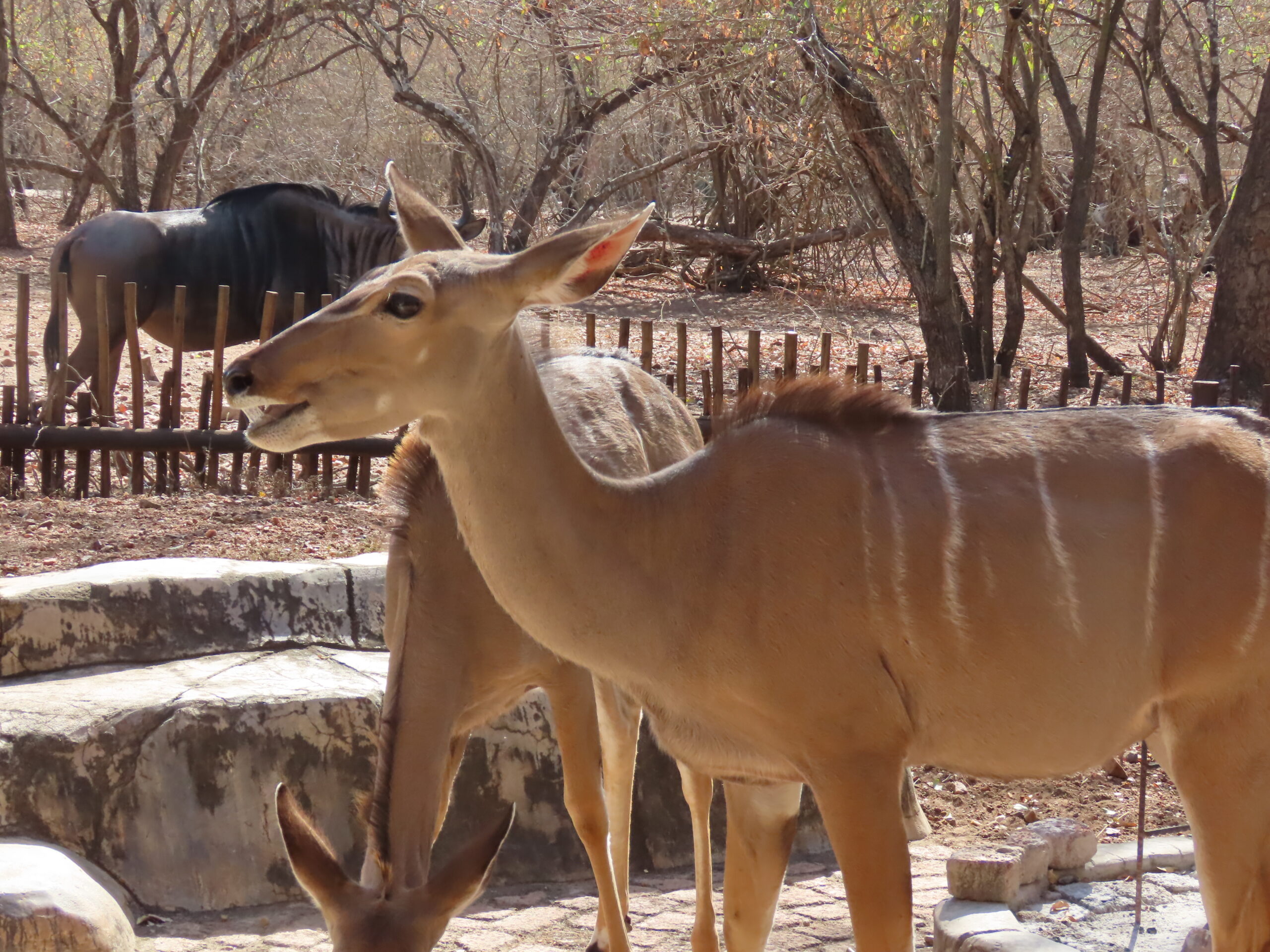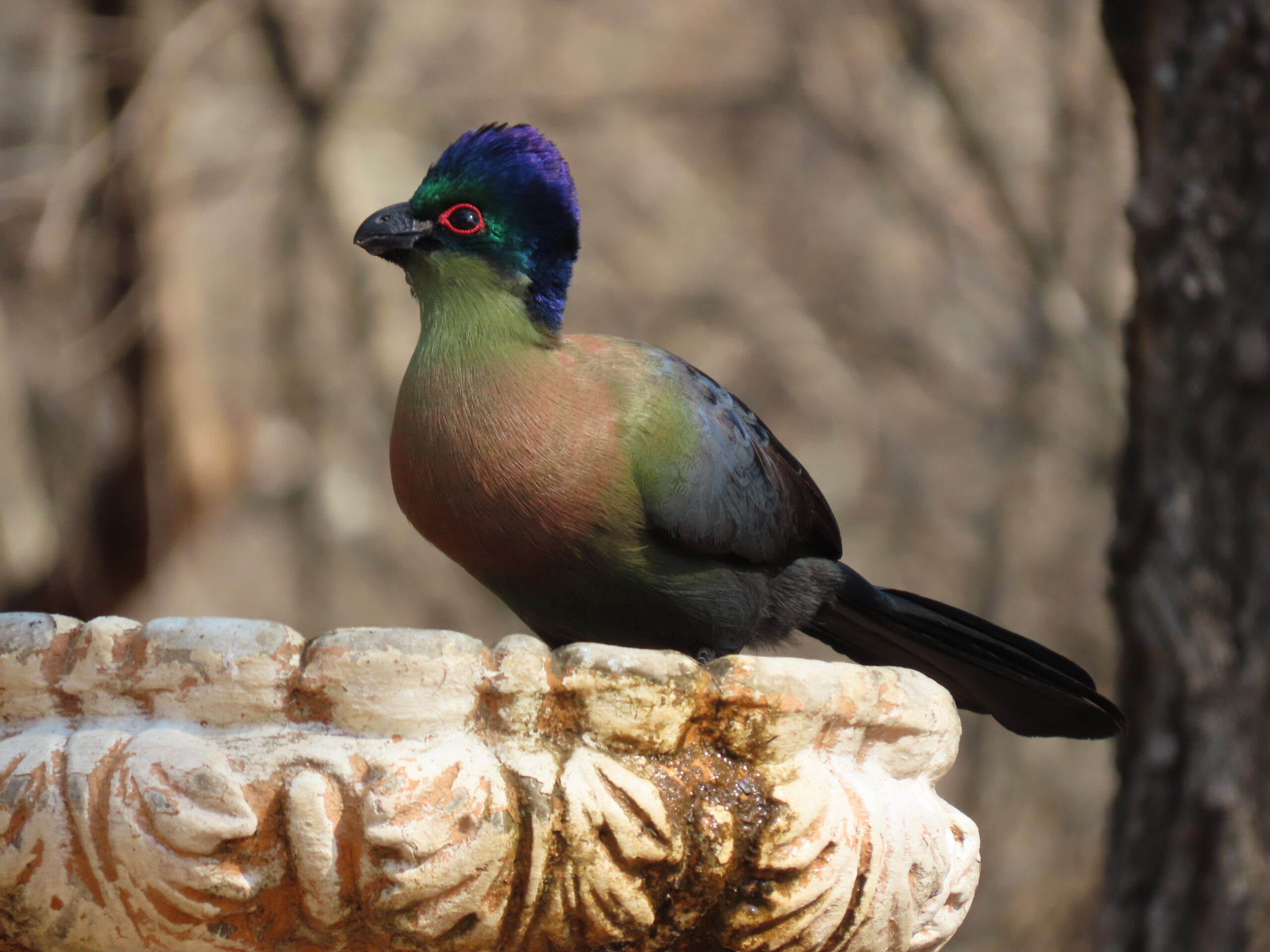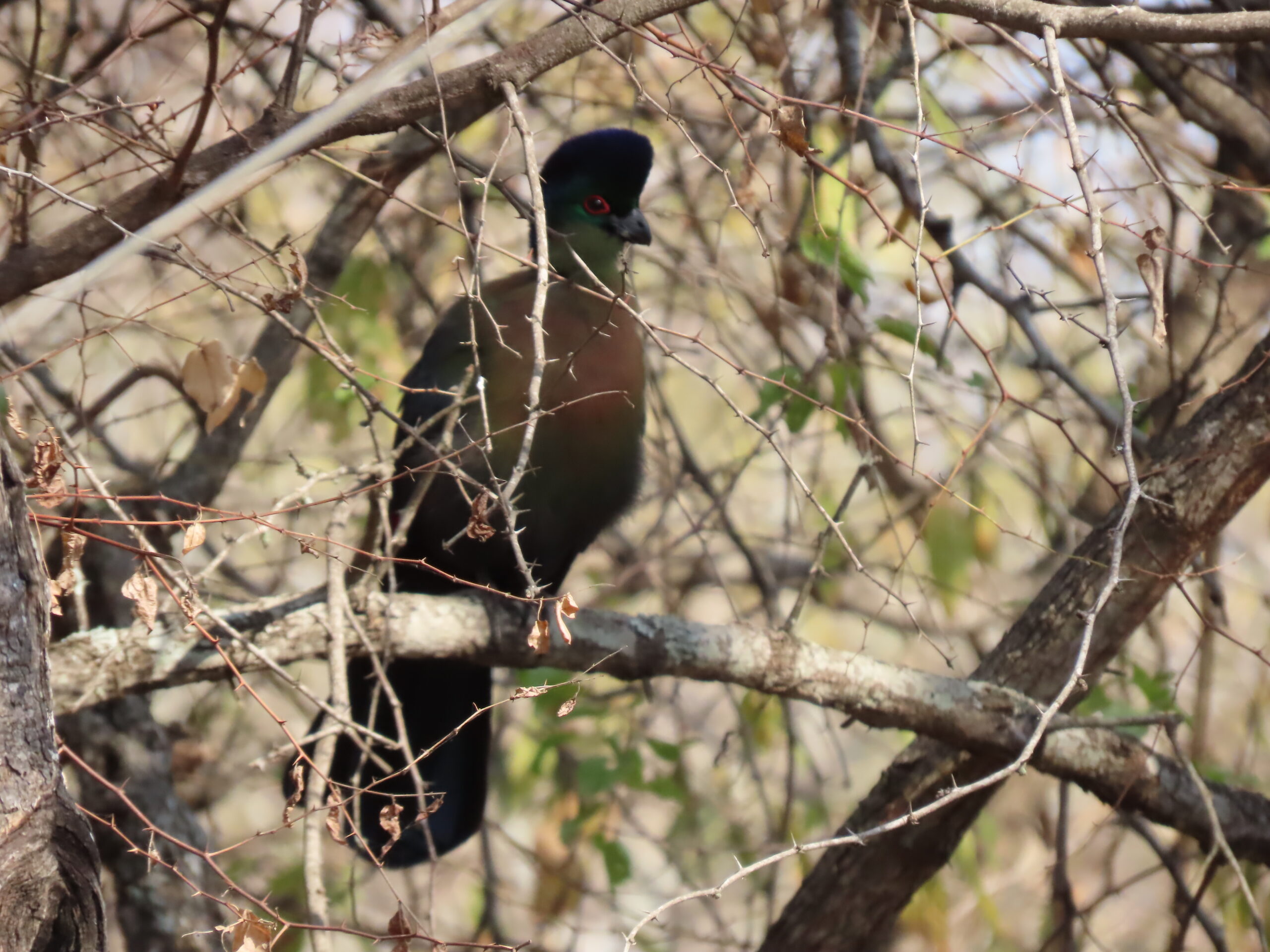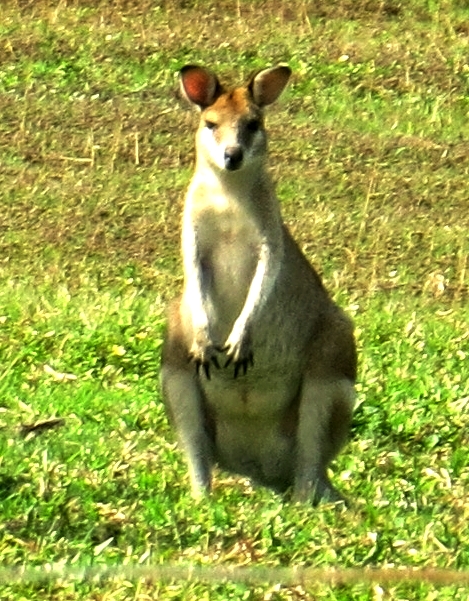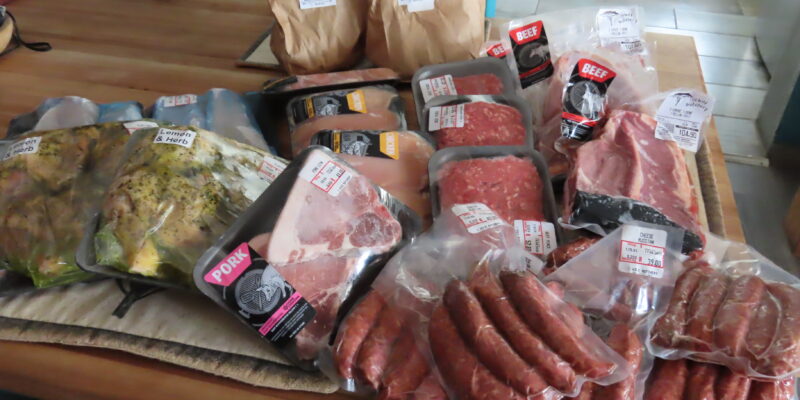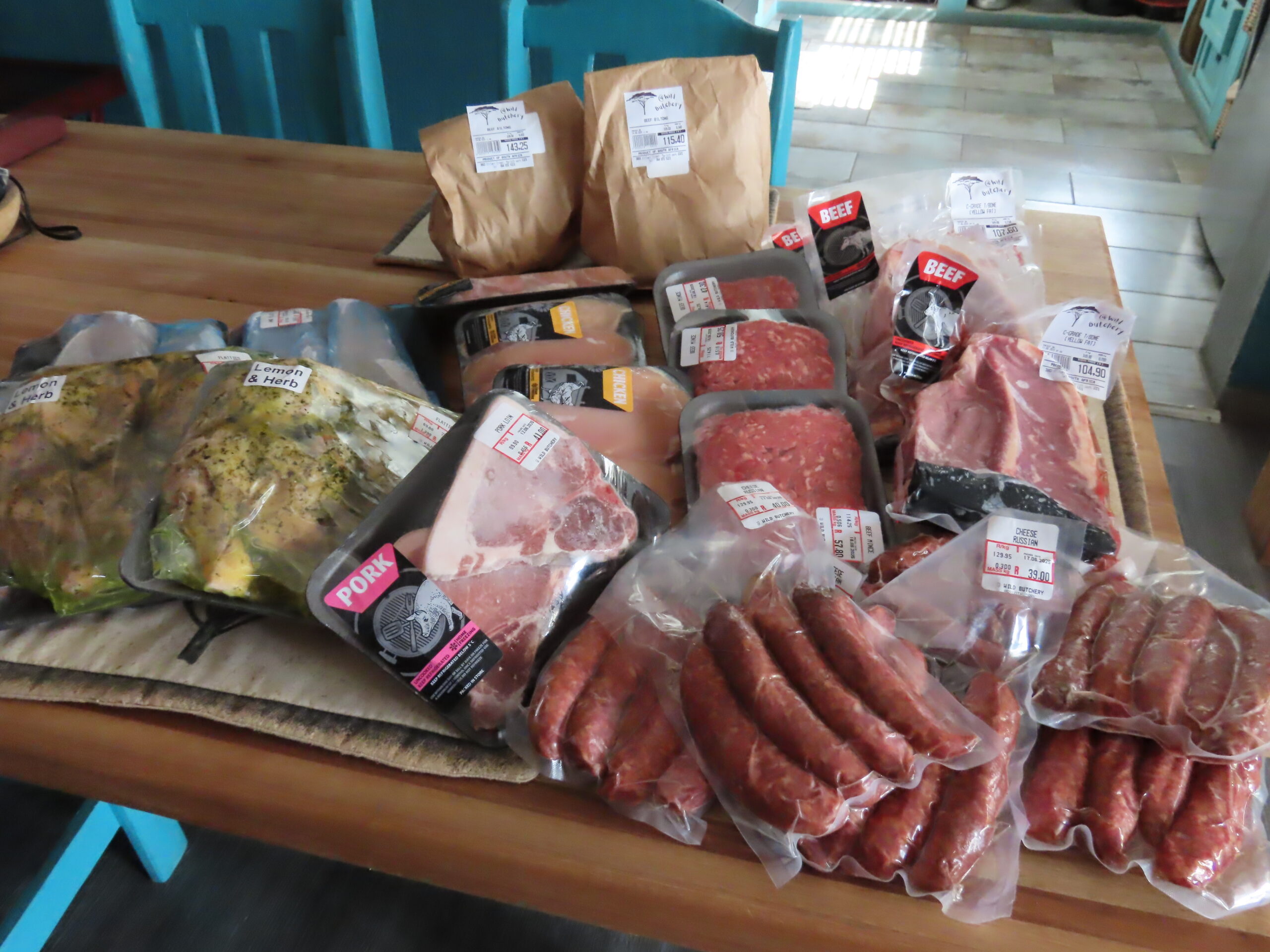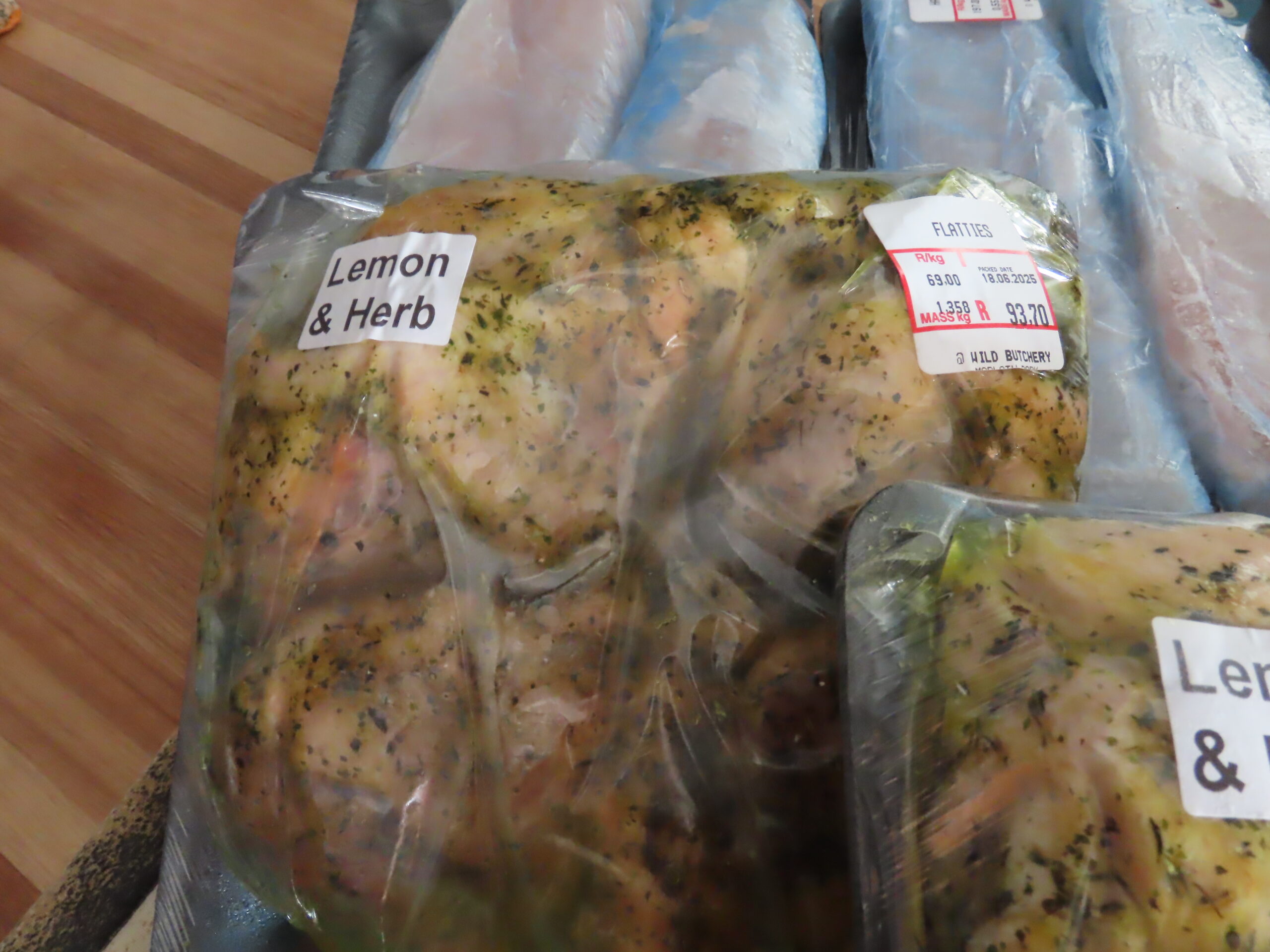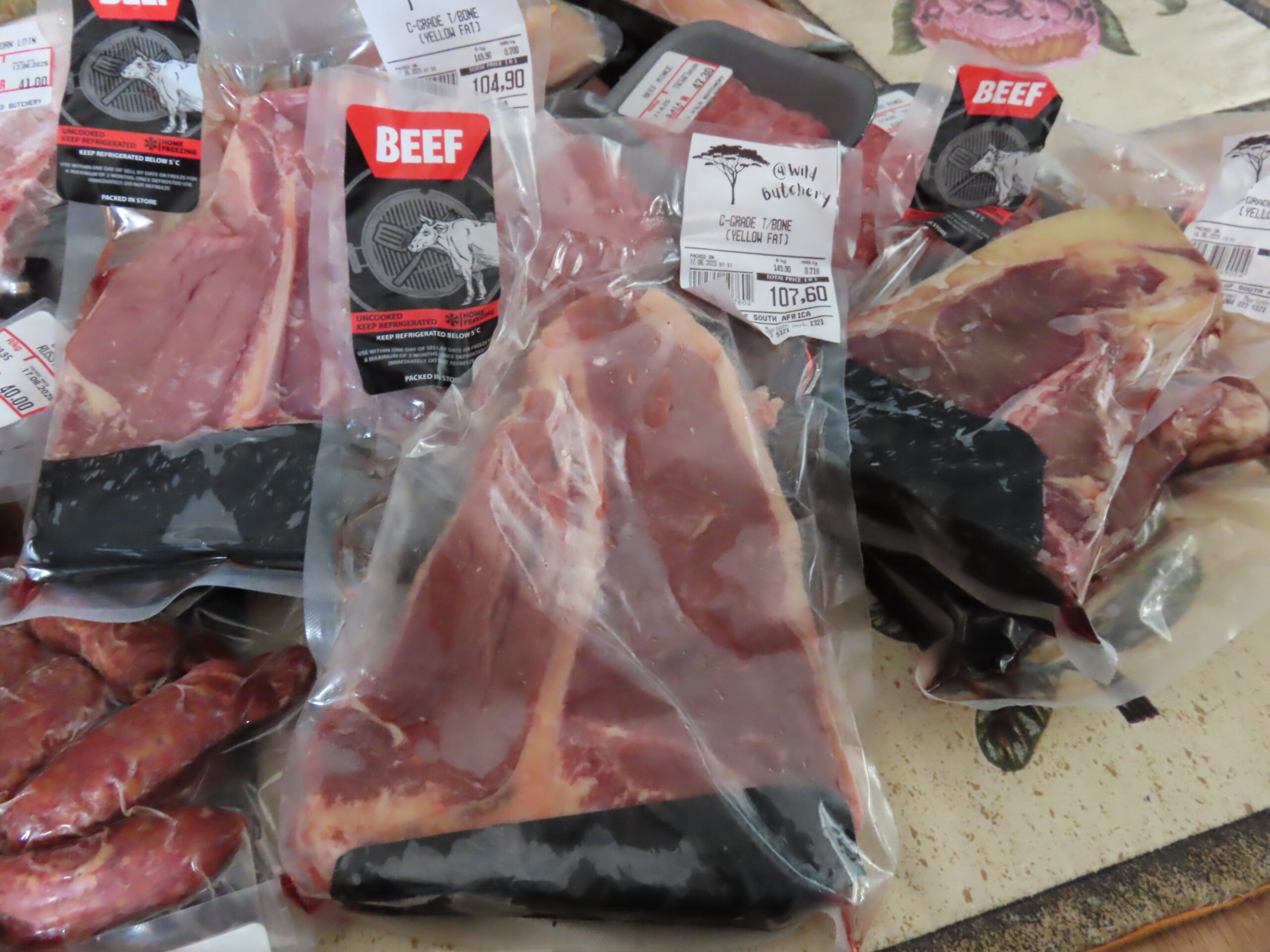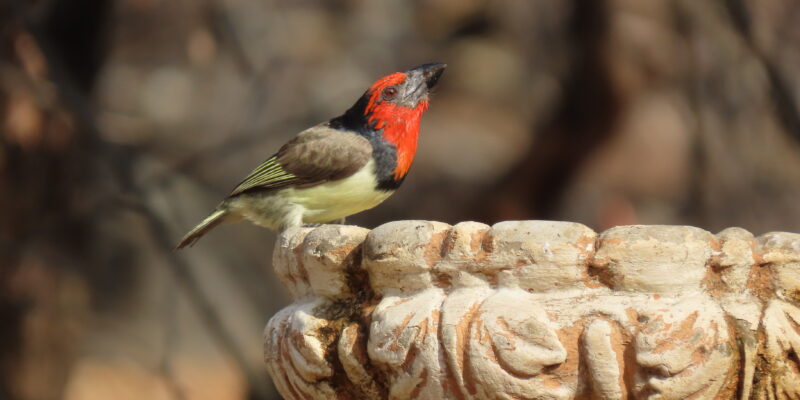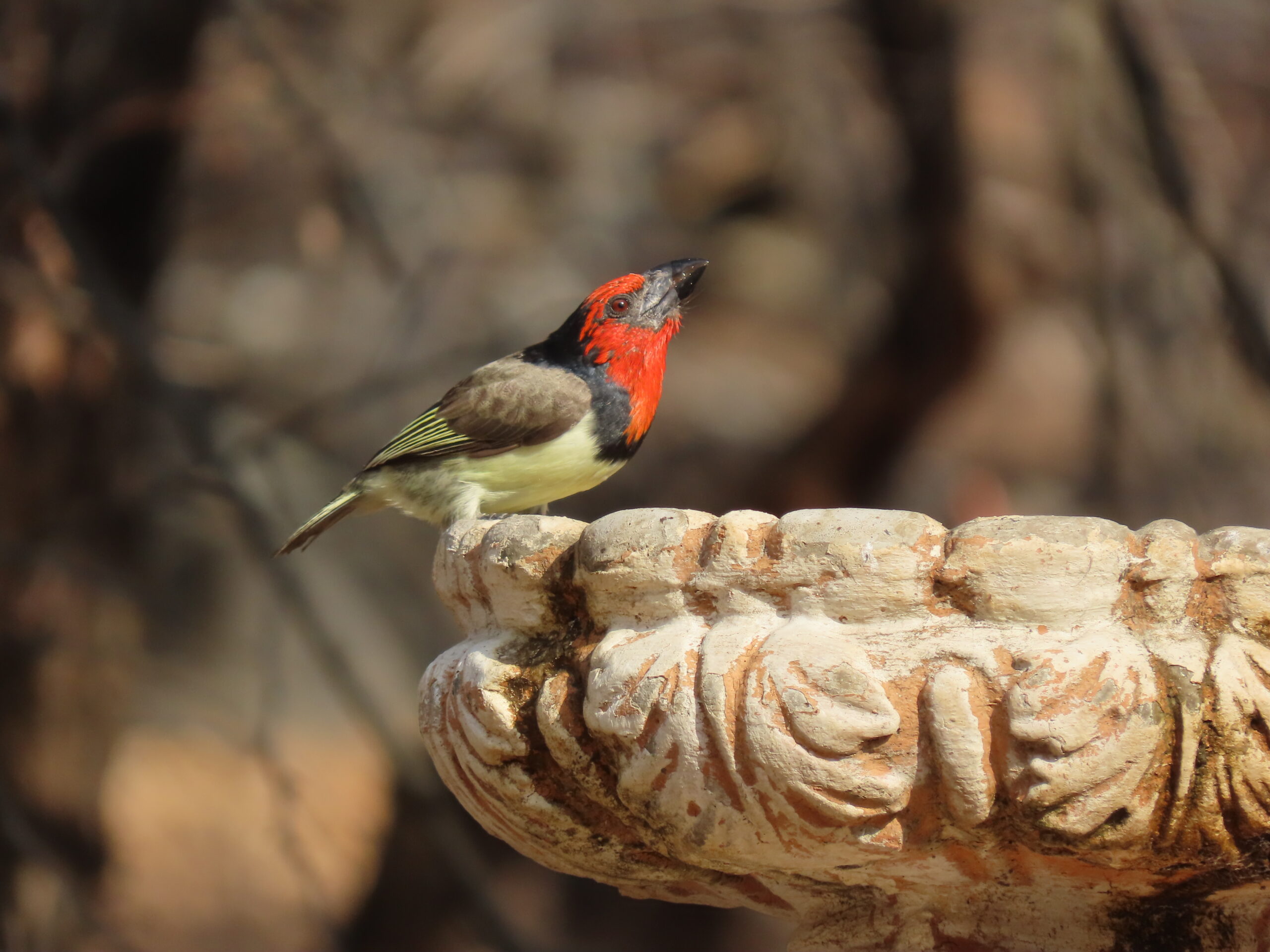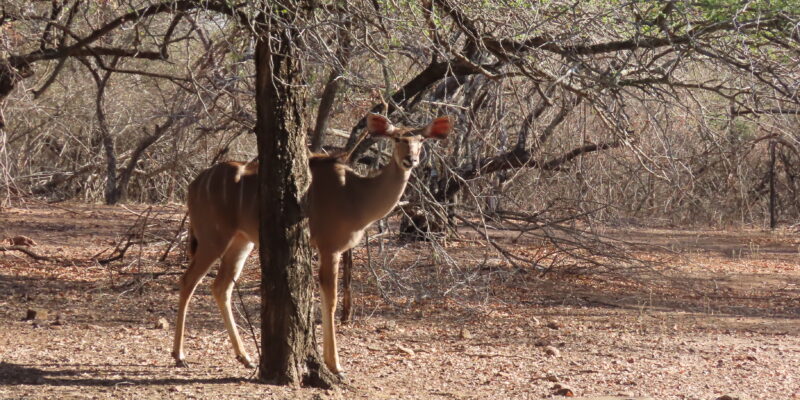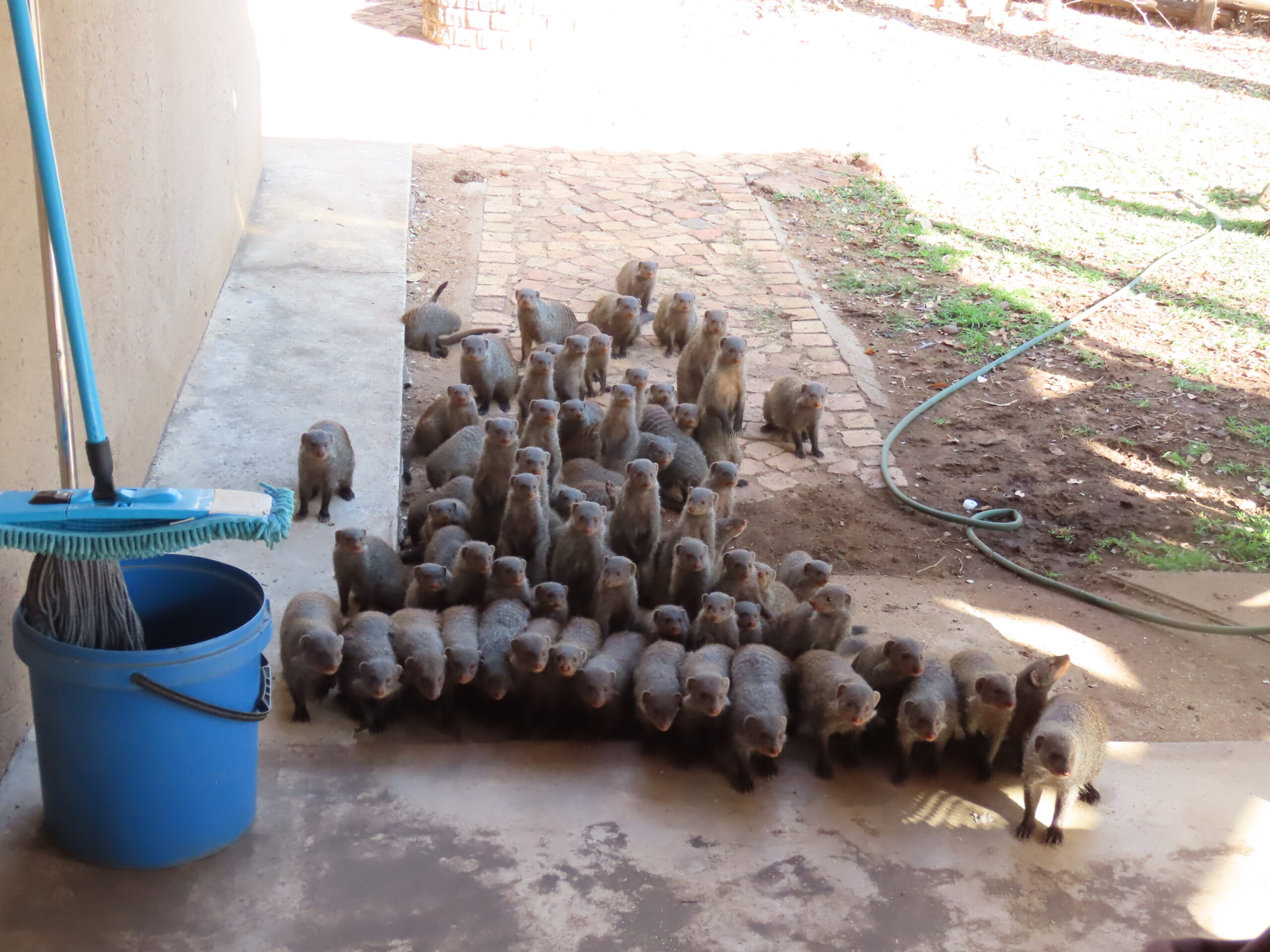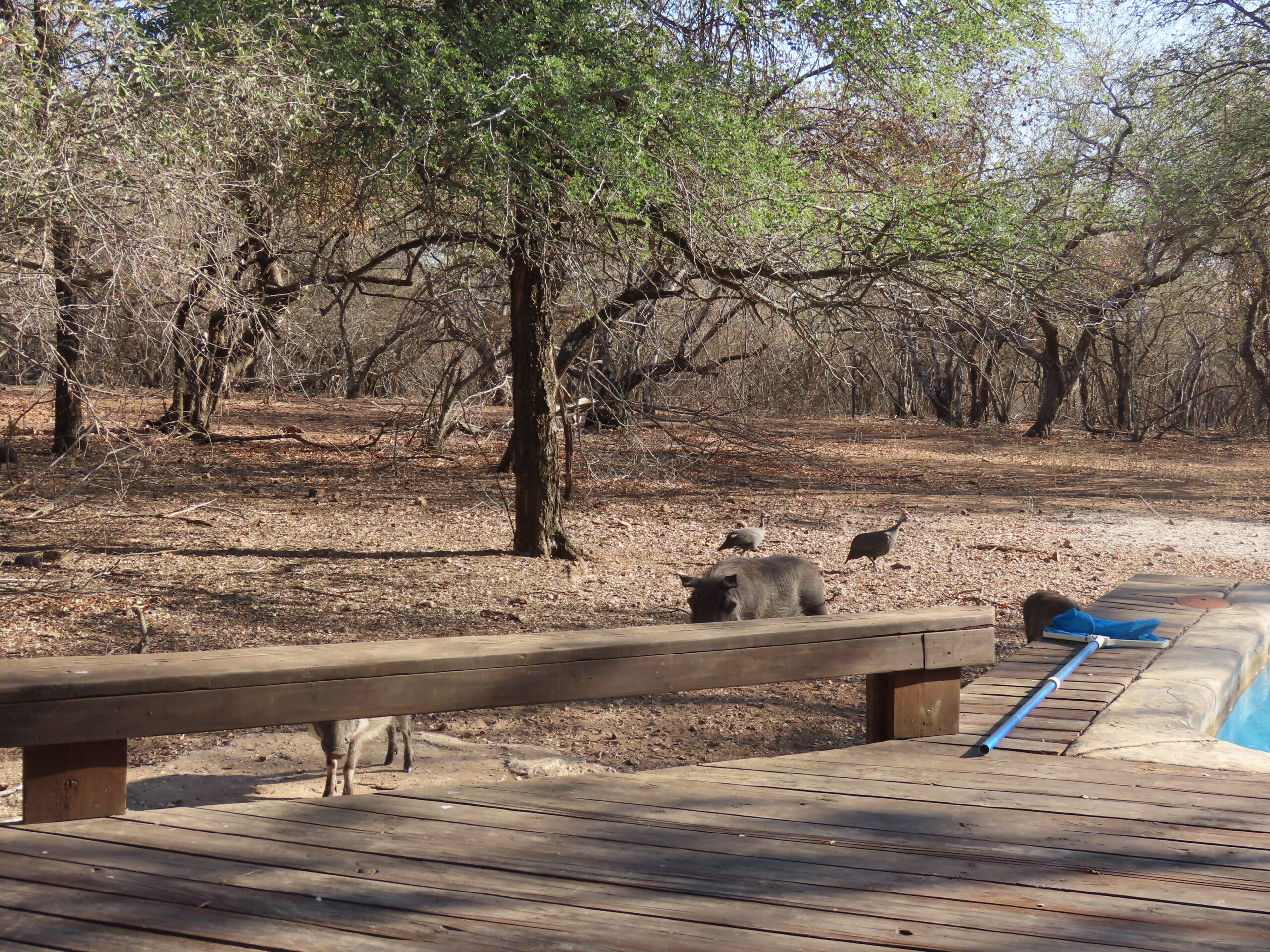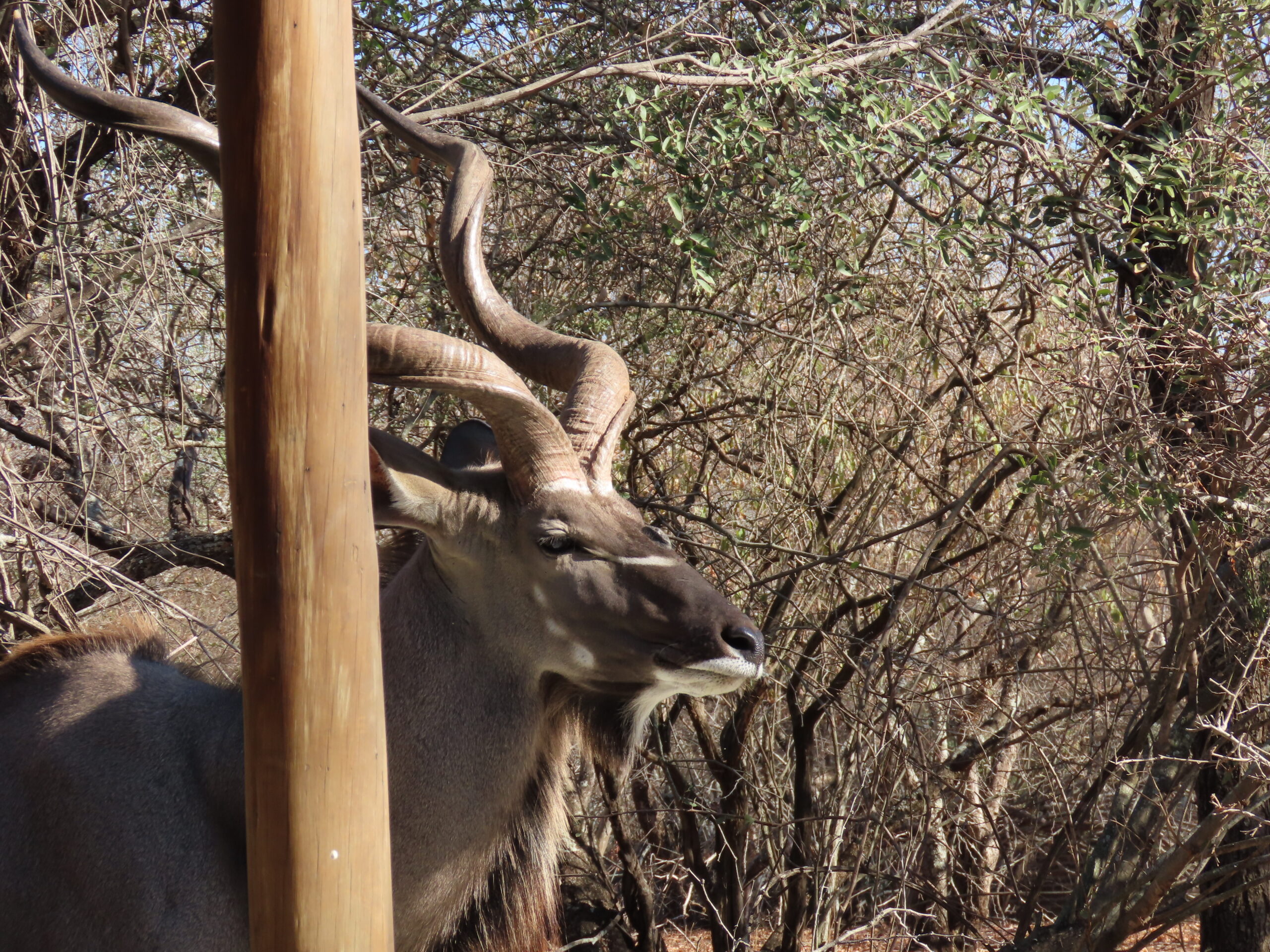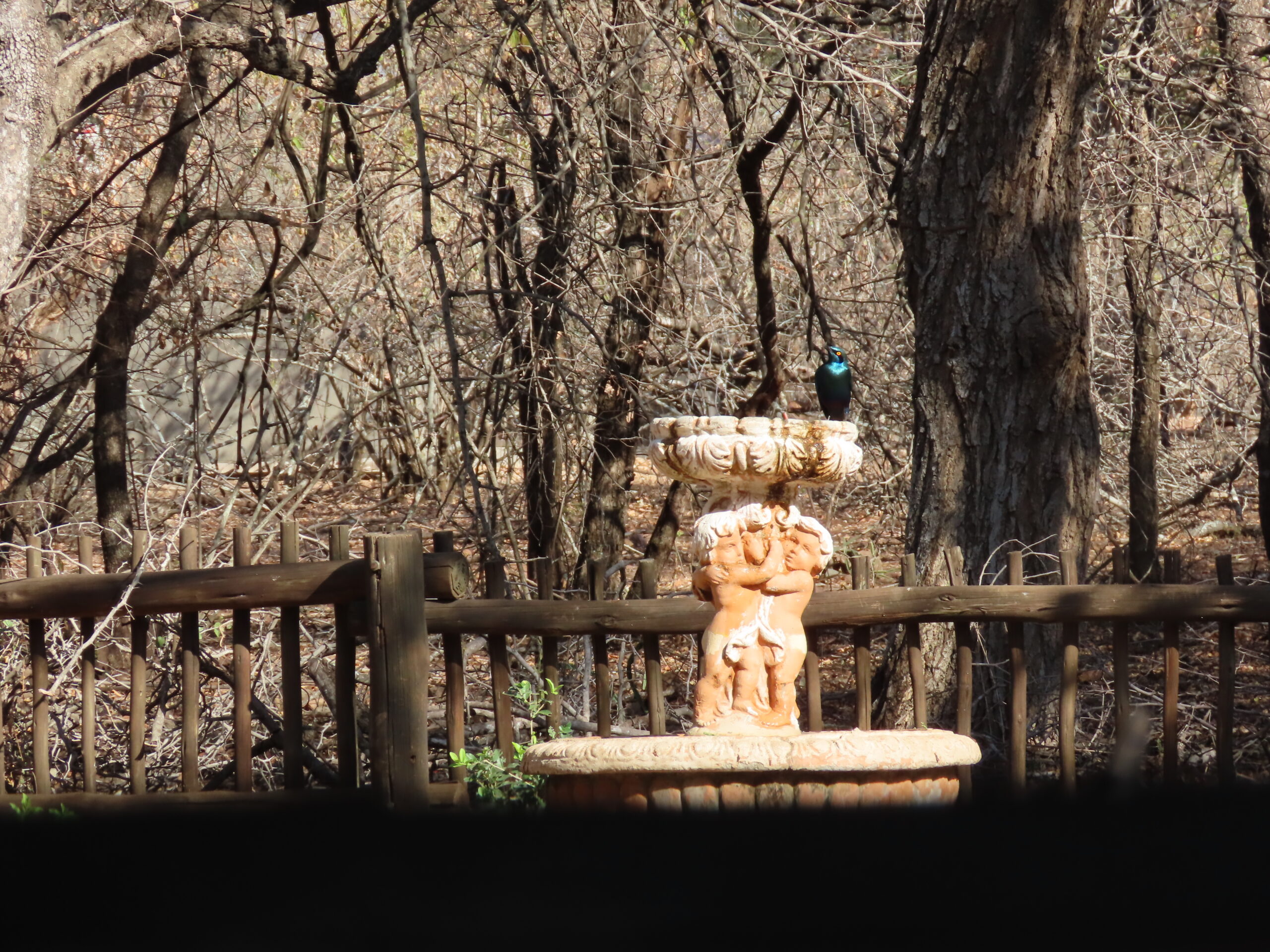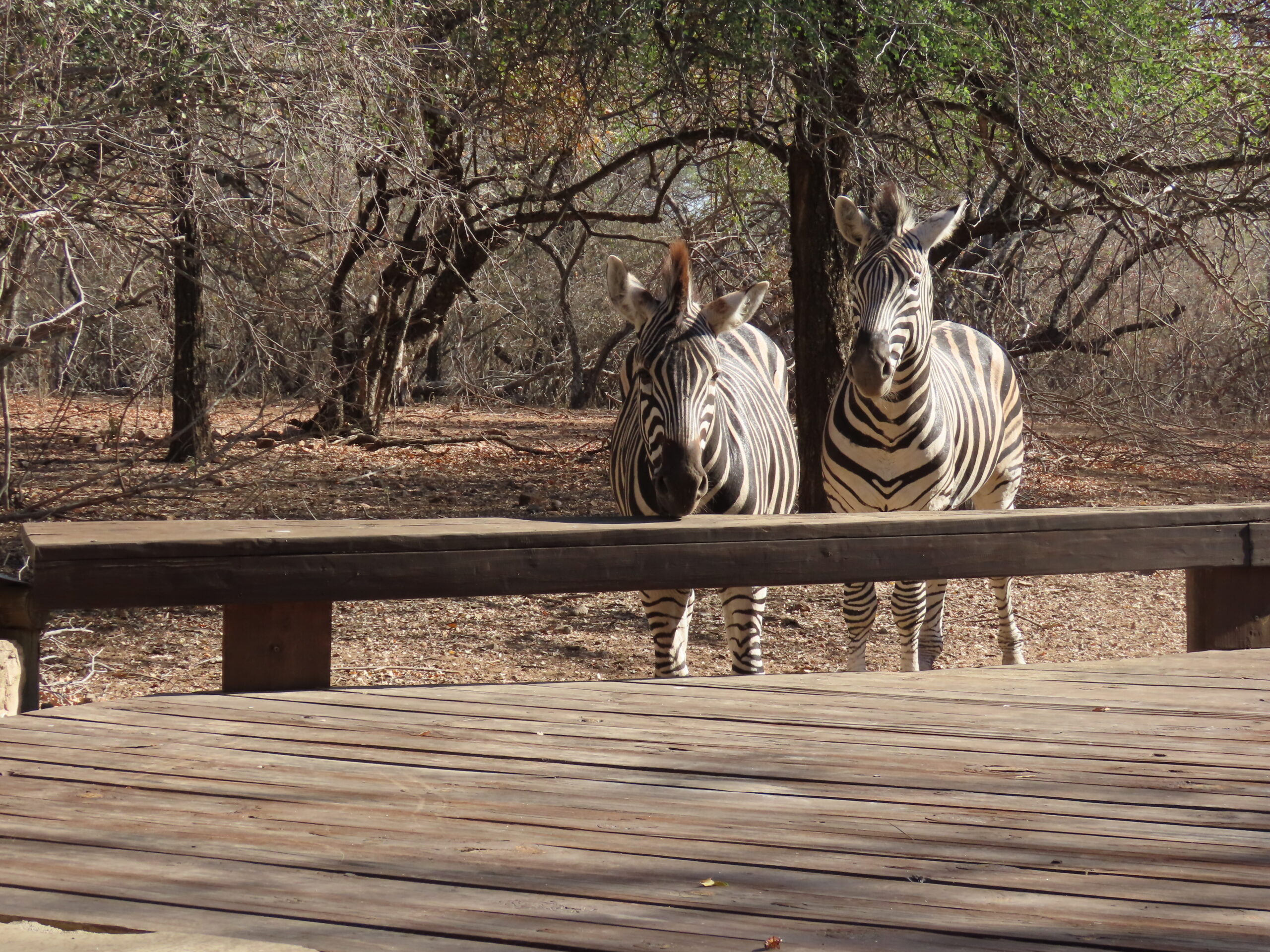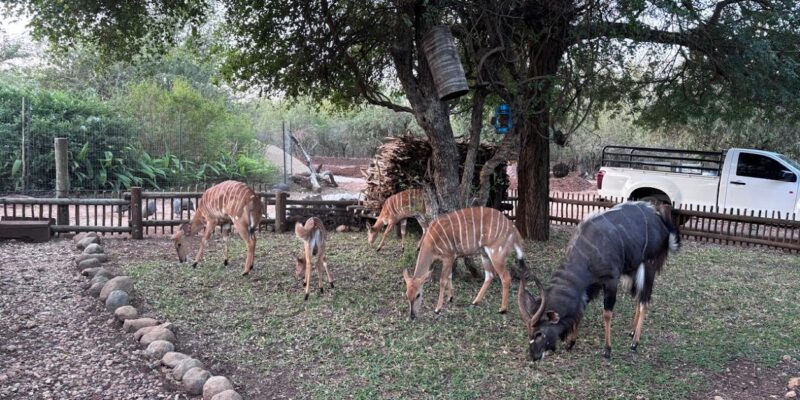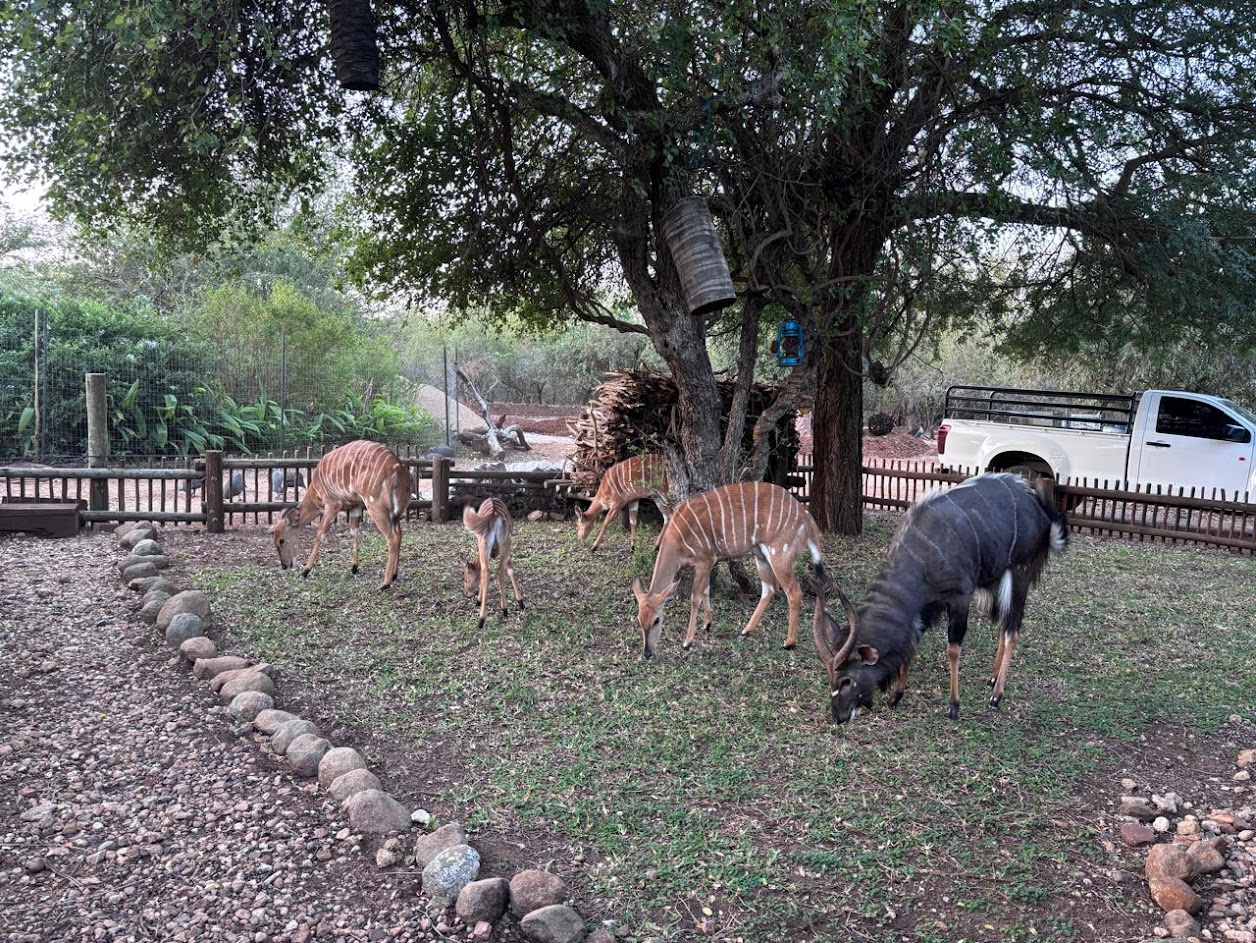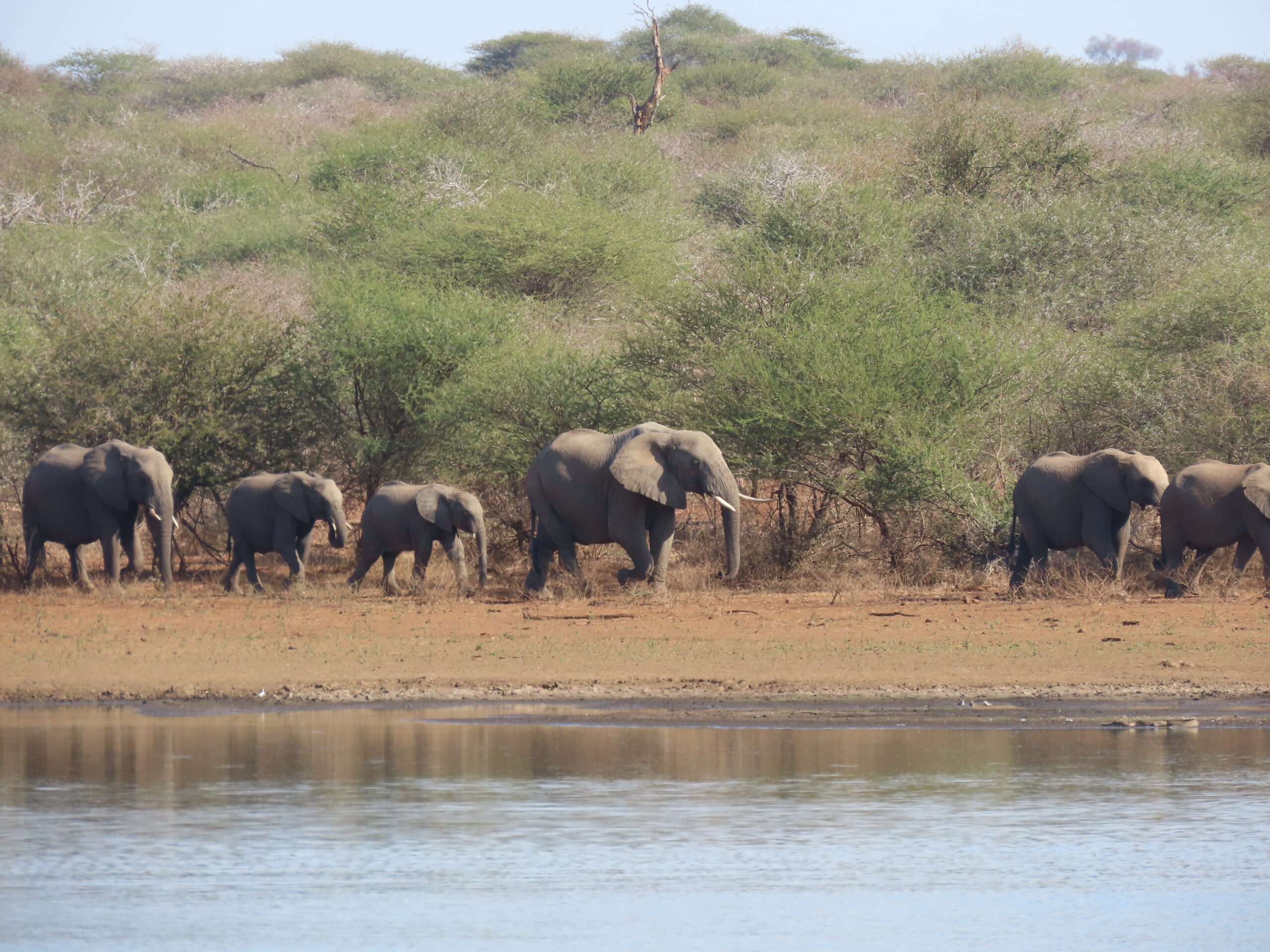
Happy Fourth of July to all of our family and friends in the US. Here’s some information about this holiday for our international friends.
The Fourth of July, also known as Independence Day, is one of the most important and widely celebrated holidays in the United States. It commemorates the adoption of the Declaration of Independence on July 4, 1776, when the thirteen American colonies declared their independence from British rule.
What is the Fourth of July all about?
On this day, Americans honor the birth of the United States as a sovereign nation. The Declaration of Independence, drafted mainly by Thomas Jefferson, boldly asserted that all men are created equal and have unalienable rights—life, liberty, and the pursuit of happiness.
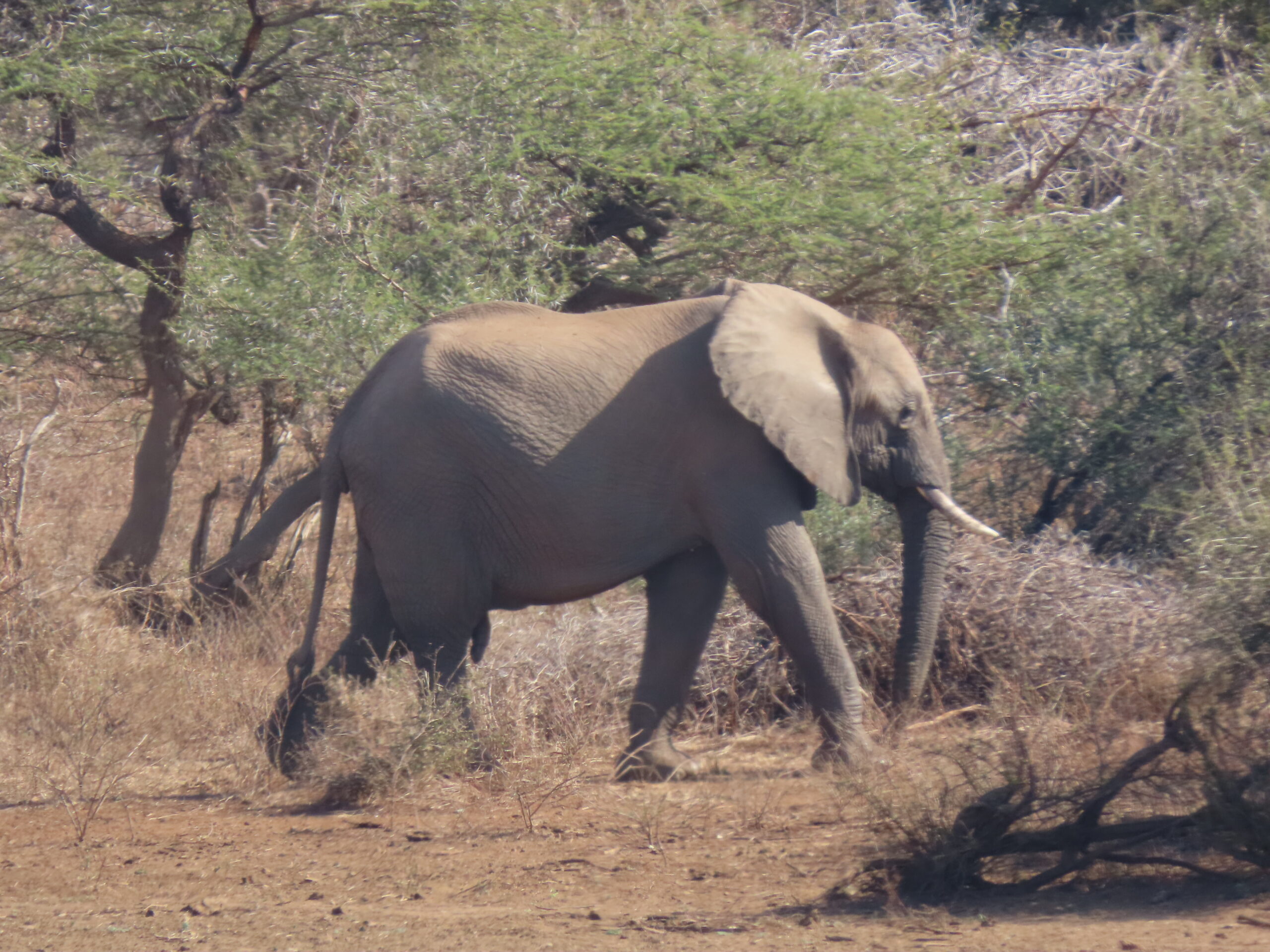
How Americans Celebrate
1. Fireworks:
The night sky lights up across the country with fireworks displays—both community-organized and backyard shows. The tradition is tied to John Adams’ wish that the day be celebrated with “pomp and parade, with shows, games, sports, guns, bells, bonfires, and illuminations.”
2. Parades:
From small towns to big cities, patriotic parades featuring marching bands, veterans’ groups, community floats, and flag displays are a common sight.
3. BBQs and Picnics:
Families and friends gather for barbecues, cookouts, and picnics. Grilled burgers, hot dogs, corn on the cob, watermelon, and apple pie are classic fare.
4. Patriotic Displays:
The American flag is everywhere—on clothing, homes, cars, and public buildings. People often wear red, white, and blue to show their patriotism.
5. Music and Concerts:
Free outdoor concerts featuring patriotic songs, such as “The Star-Spangled Banner,” “America the Beautiful,” and “God Bless America,” are held in many cities.
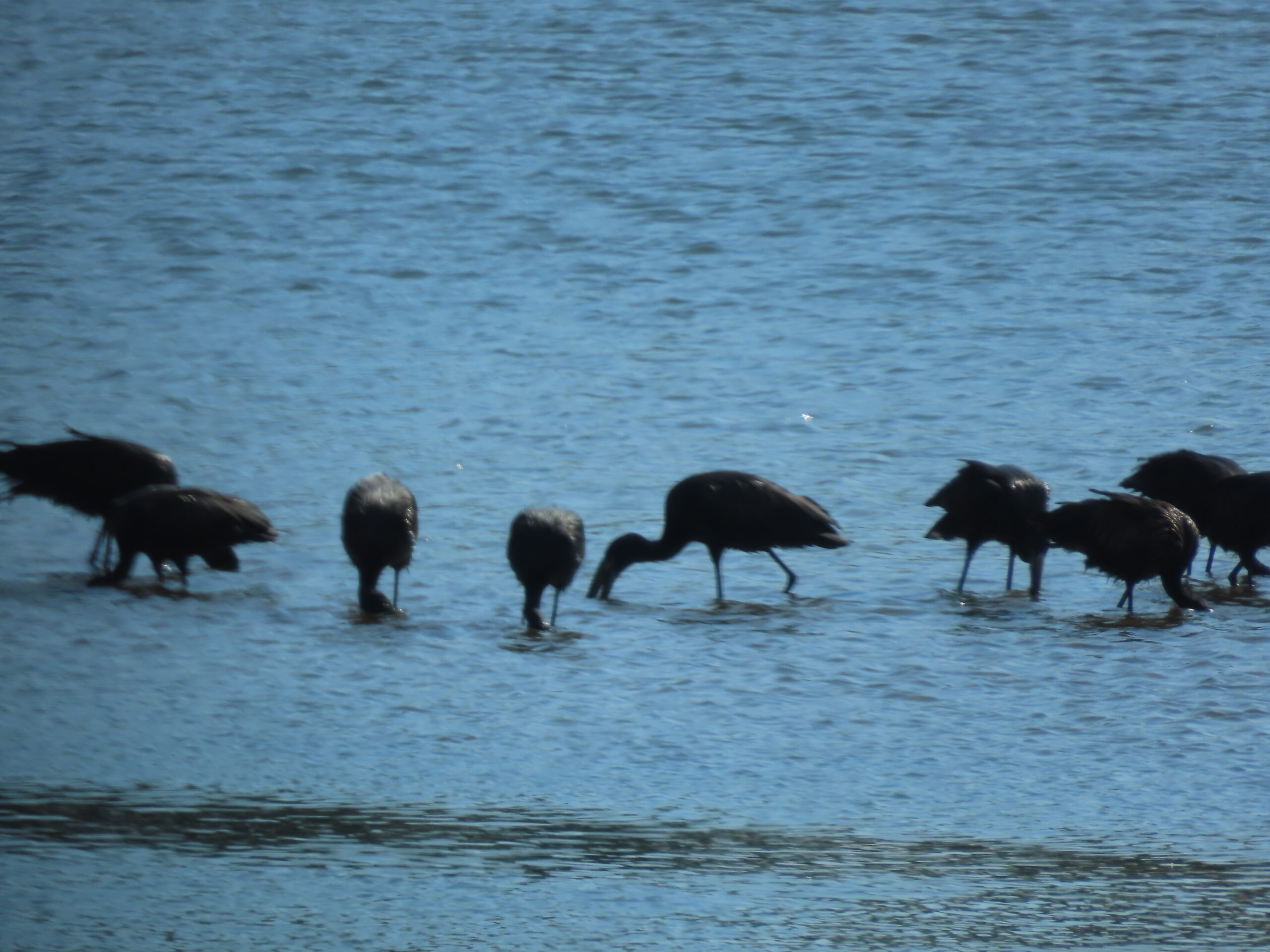
Cultural and Emotional Significance
Beyond the celebration, the Fourth of July is a time for Americans to reflect on the country’s founding values: freedom, democracy, and resilience. It’s a day filled with both pride and gratitude for the freedoms many Americans enjoy.
However, in recent years, it has also become a moment for some to reflect critically on the nation’s history, including issues of racial inequality, colonialism, and the evolving meaning of independence in a diverse society.
Interesting Facts
-
The Liberty Bell in Philadelphia is tapped 13 times every Fourth of July in honor of the 13 original colonies.
-
Nathan’s Hot Dog Eating Contest on Coney Island is a quirky tradition watched by millions.
-
John Adams and Thomas Jefferson, both signers of the Declaration and former presidents, died on July 4, 1826, exactly 50 years after the Declaration was adopted.
Whether it’s about fireworks over the National Mall, a backyard picnic with loved ones, or a quiet moment of reflection, the Fourth of July is an integral part of the American identity.
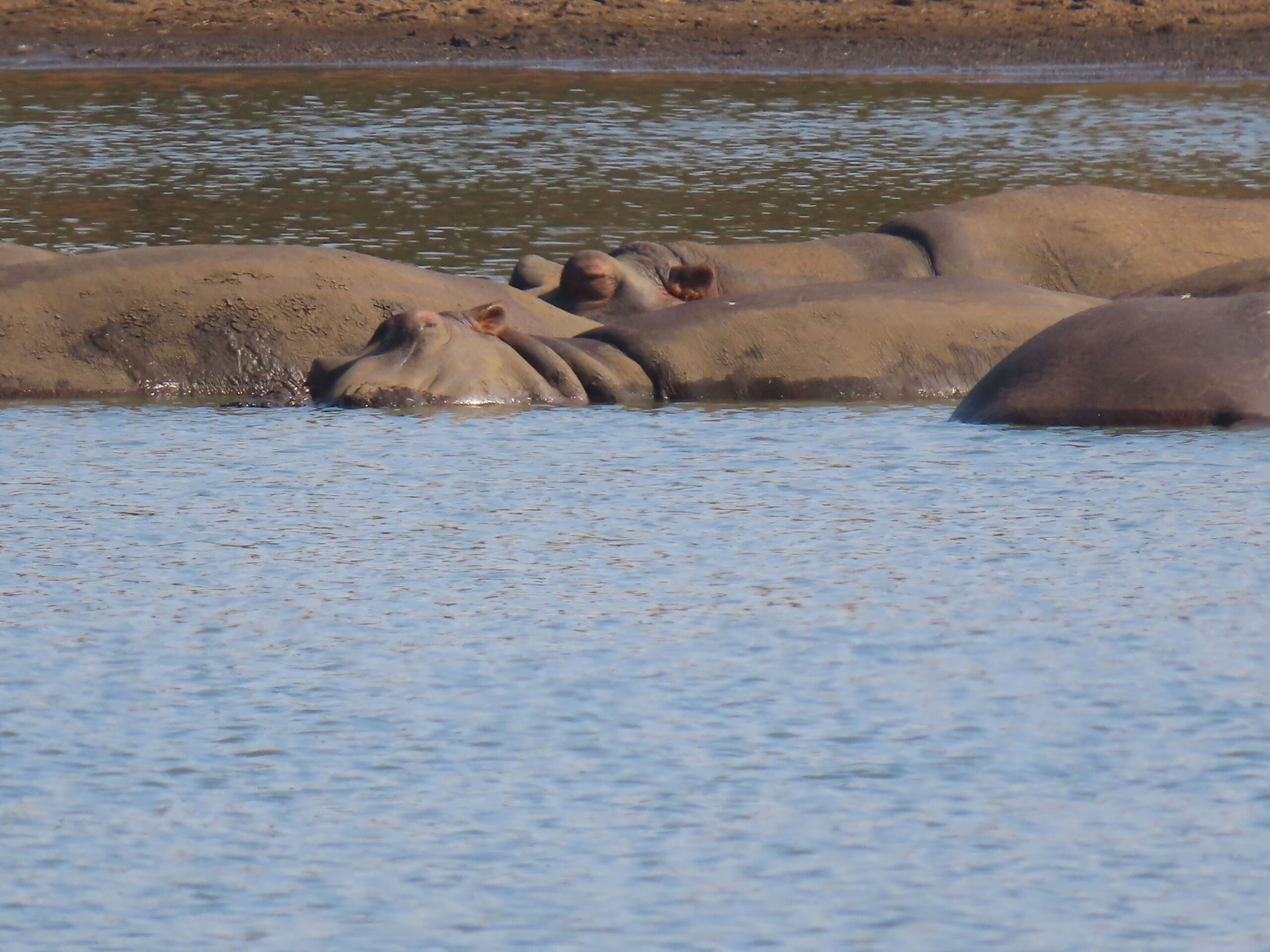
May all of our family and friends who celebrate this memorable holiday have a safe and meaningful day.
Last night, the four of us headed to Ngwenya Lodge for dinner at the Fiera Restaurant. The views over the Crocodile River were spectacular, the ambiance inviting and appealing, and the food was indescribable – very delicious for a buffet.
Be well.
Photo from ten years ago today, July 4, 2015:












